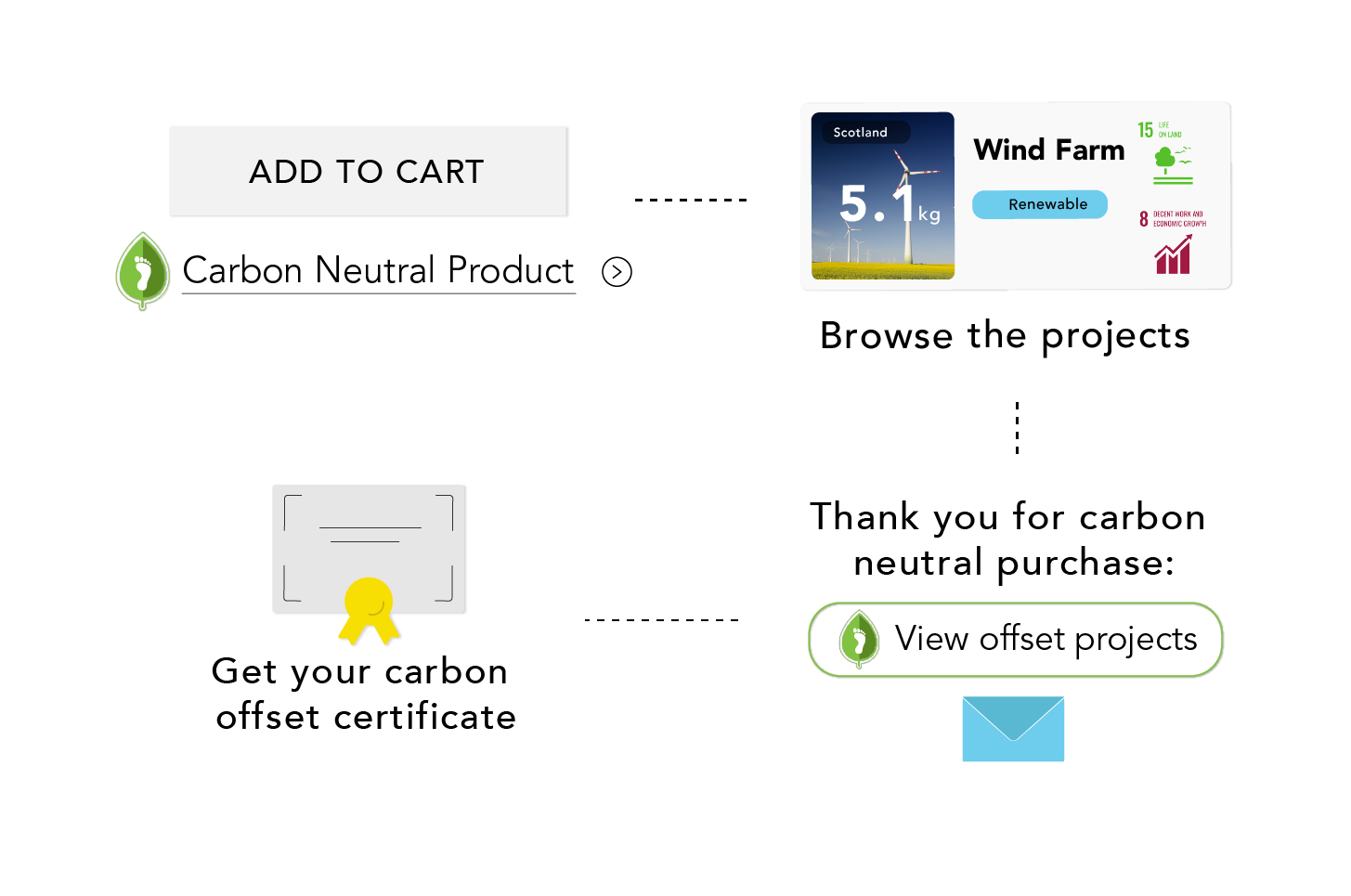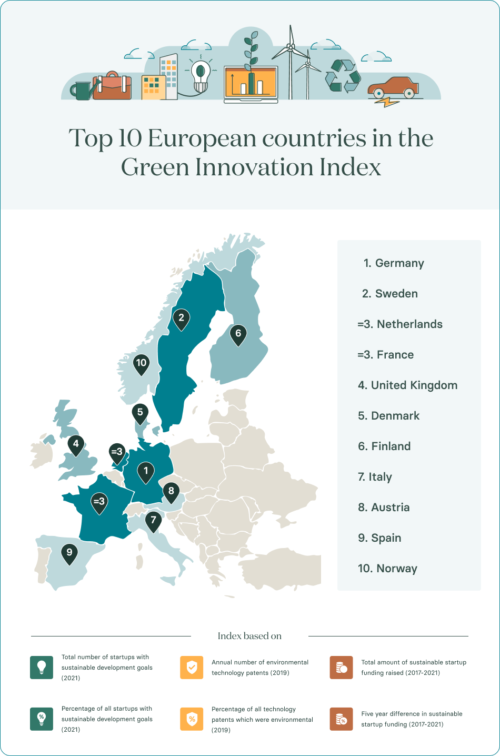From brands to countries to people, we’re seeing an influx of carbon neutral pledges. With the daunting news that we’re 6 decades behind attaining UN SDG goals, these commitments are the result of people and organizations scrambling to get on the green path. But where does carbon offsetting really fit into a brand’s sustainability road map?
Assessing both sides of the playing field
Sustainable brands are typically born out of a desire to leave the planet in better shape than we found it. From the ground up, founders establish sustainable supply chains, shipping methods and production practices. For eco-fashion brands, carbon offsetting serves as the next steppingstone to leave nothing behind.
A Dutch-Canadian start-up, Green Story, is levelling the playing field for fashion brands when it comes to carbon offsetting. Through accurate but cost-effective Life Cycle Analyses, Green Story quantifies, displays and measures a brands’ environmental impact. For less than 10 cents a product and one line of code, sustainable brands can transform their consumers’ shopping experience and address climate change.
And it’s not just about carbon. Offsetting projects have an undeniable and lasting social impact. Through Green Story’s carbon offsetting solution, brands select projects based on their supply chain’s geography and values. Those are defined by the UN’s Sustainable Development Goals or SDGs. As Vik Giri, the founder of B2B organic clothing suppliers Gallant International, said. “These emissions are unavoidable, and we wanted to fix the mess we created.”

The other side of the spectrum
Over the last couple months, we’ve seen top fashion brands like Kering, Moncler and H&M commit to carbon neutrality in the coming decades. With complex supply chains, an abundance of stores and transient collections, fast fashion brands don’t have time on their side. They may have the clout to negotiate deals with sustainable suppliers and the resources to source the most environmentally friendly fibres. But there isn’t any more time to emit.
A recent study conducted by McKinsey made it apparent that millennials and GenZ care about the planet and vote with their wallets. 63% of consumers now regard a brand’s sustainable stance as an important factor in their purchasing decision. Consumers demanding sustainability and climate experts imploring action. Iconic fashion brands must integrate carbon offsetting as the first step on their sustainability journey. With commitments to go carbon neutral decades away from fruition, let’s hope that this step is the first and not the only.
The verdict
As eco-fashion pioneer, Marci Zaroff, put it during Green Story’s recent webinar. “It’s not why sustainable or net zero carbon – it’s why not? ” We know we have a climate problem on our hands so irrespective of where you are on your sustainability road map, carbon offsetting can make an impact.
At the end of the day. It doesn’t really matter if carbon offsetting is the first thing you do as a brand, or the last thing you do. There is no question that it should be done.
If you want to learn more, click here!




